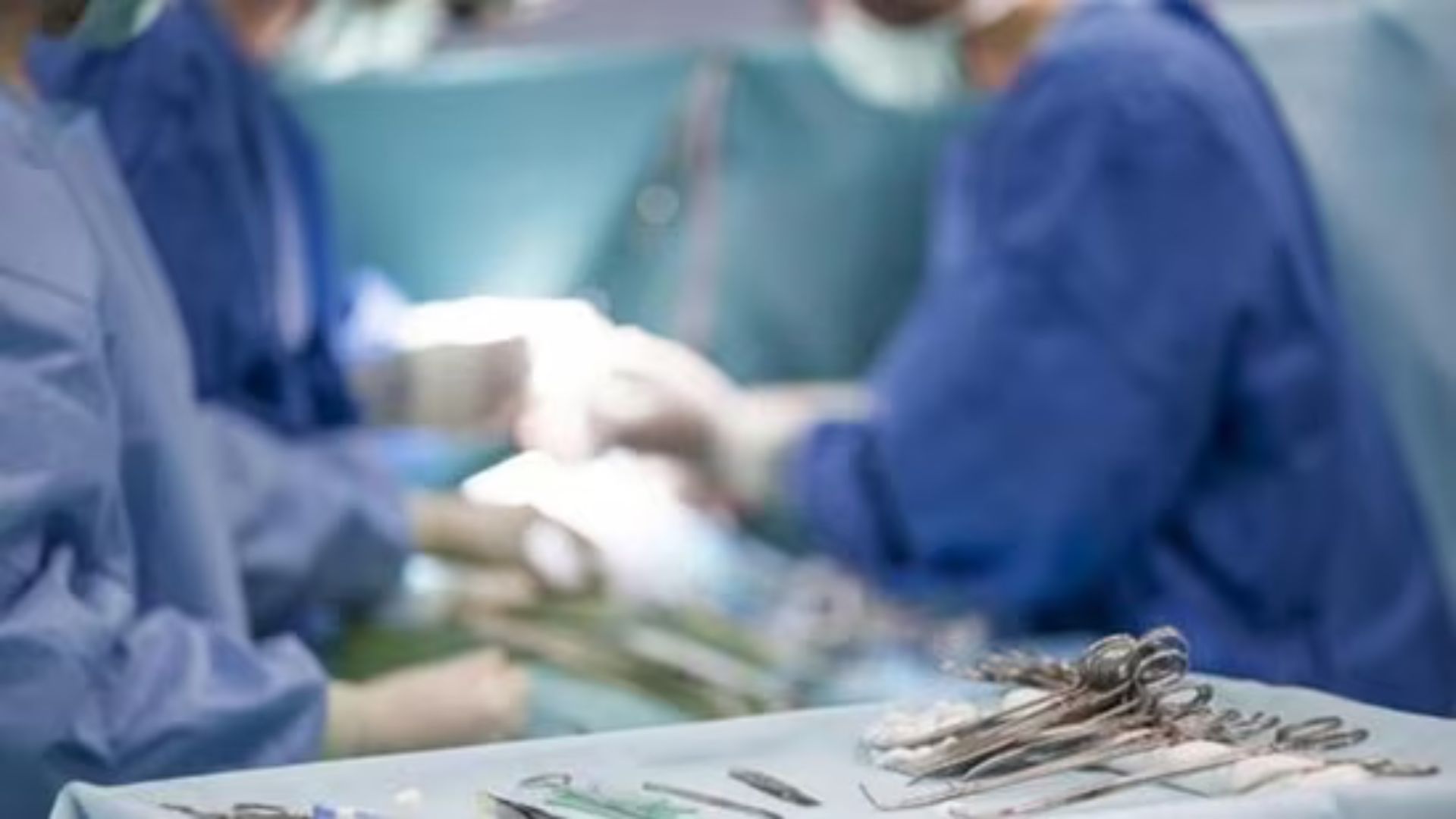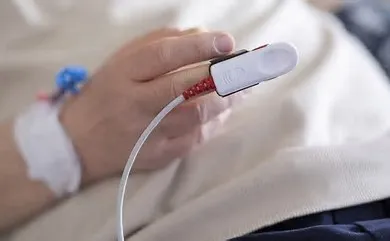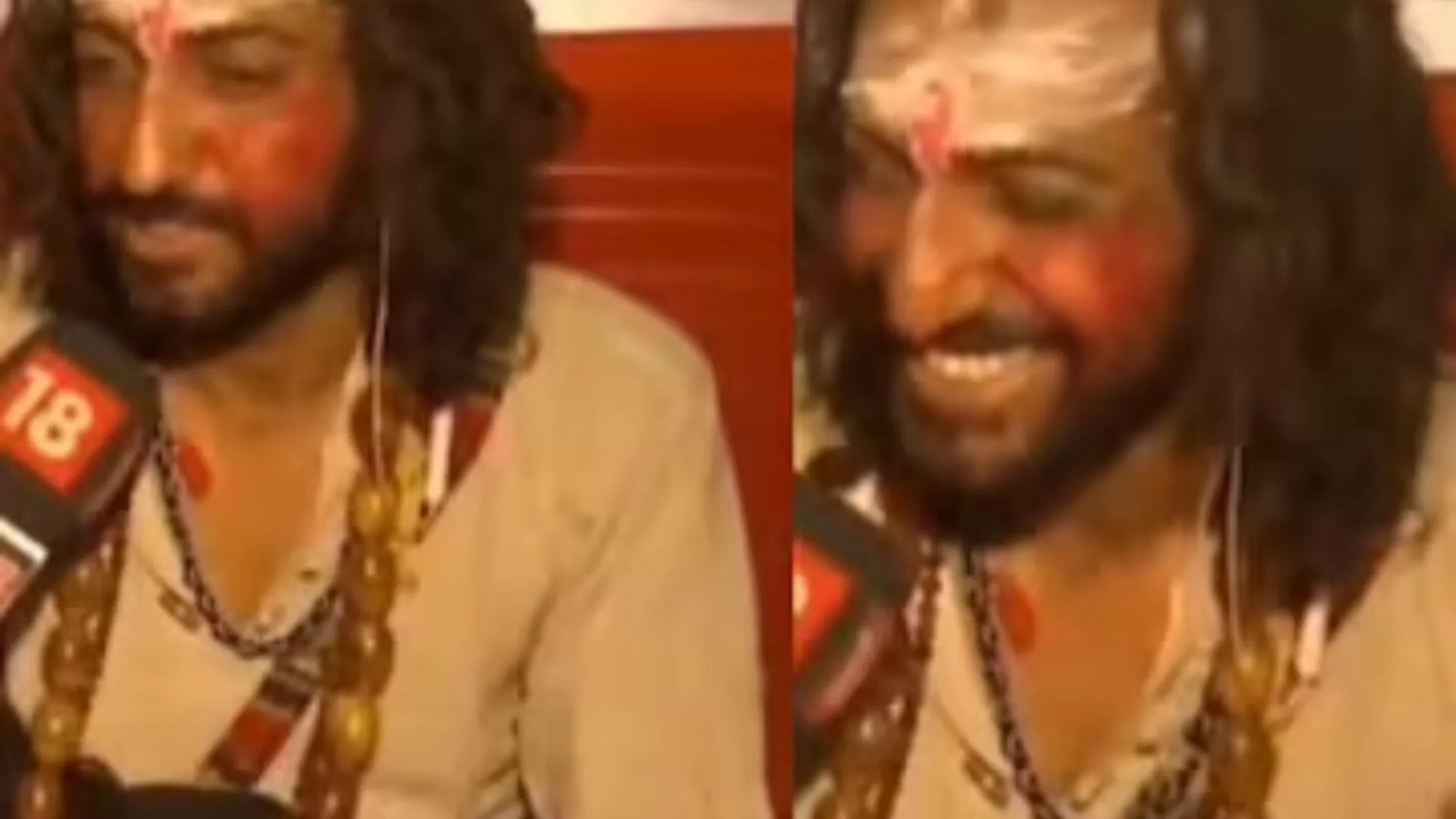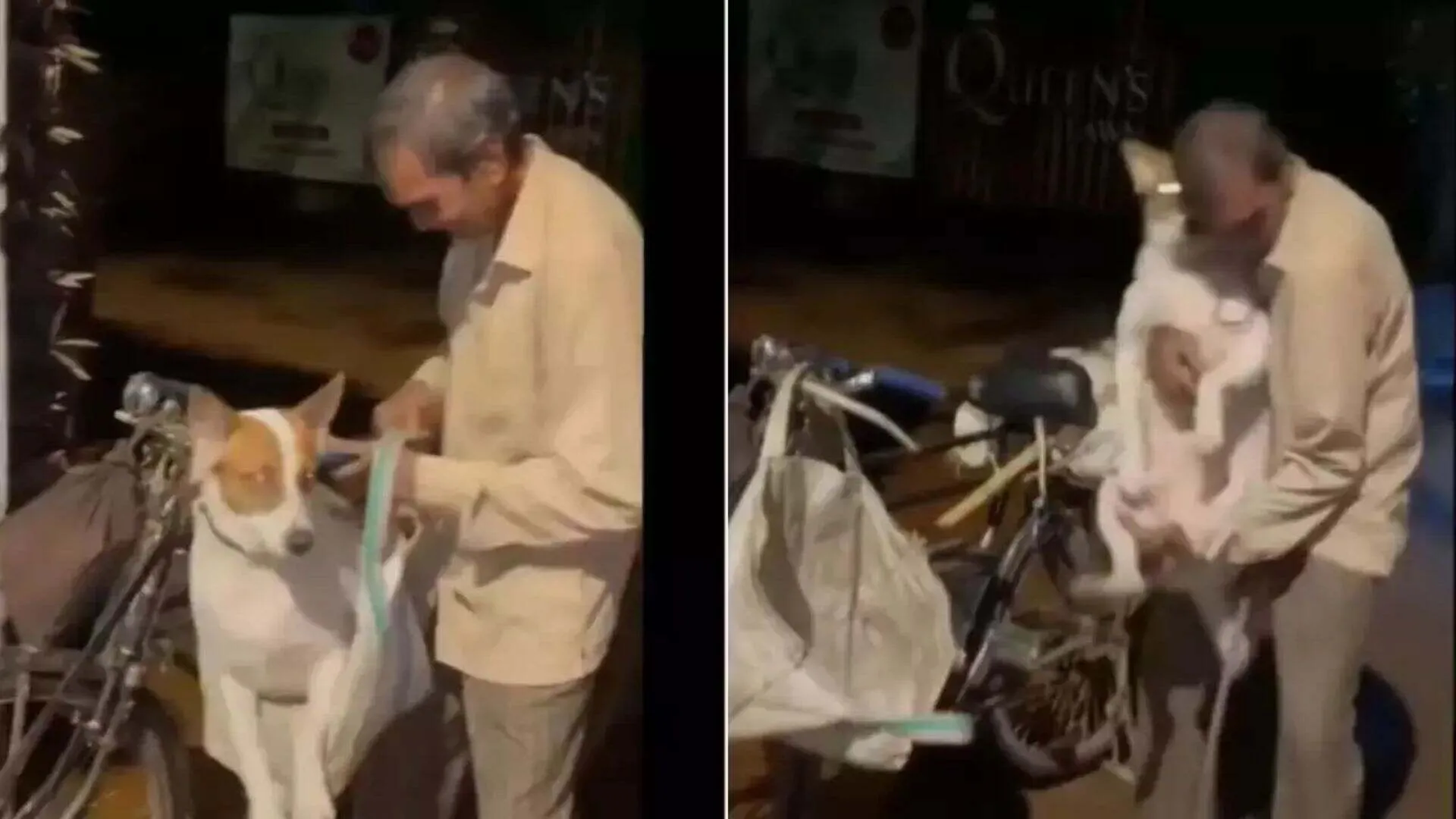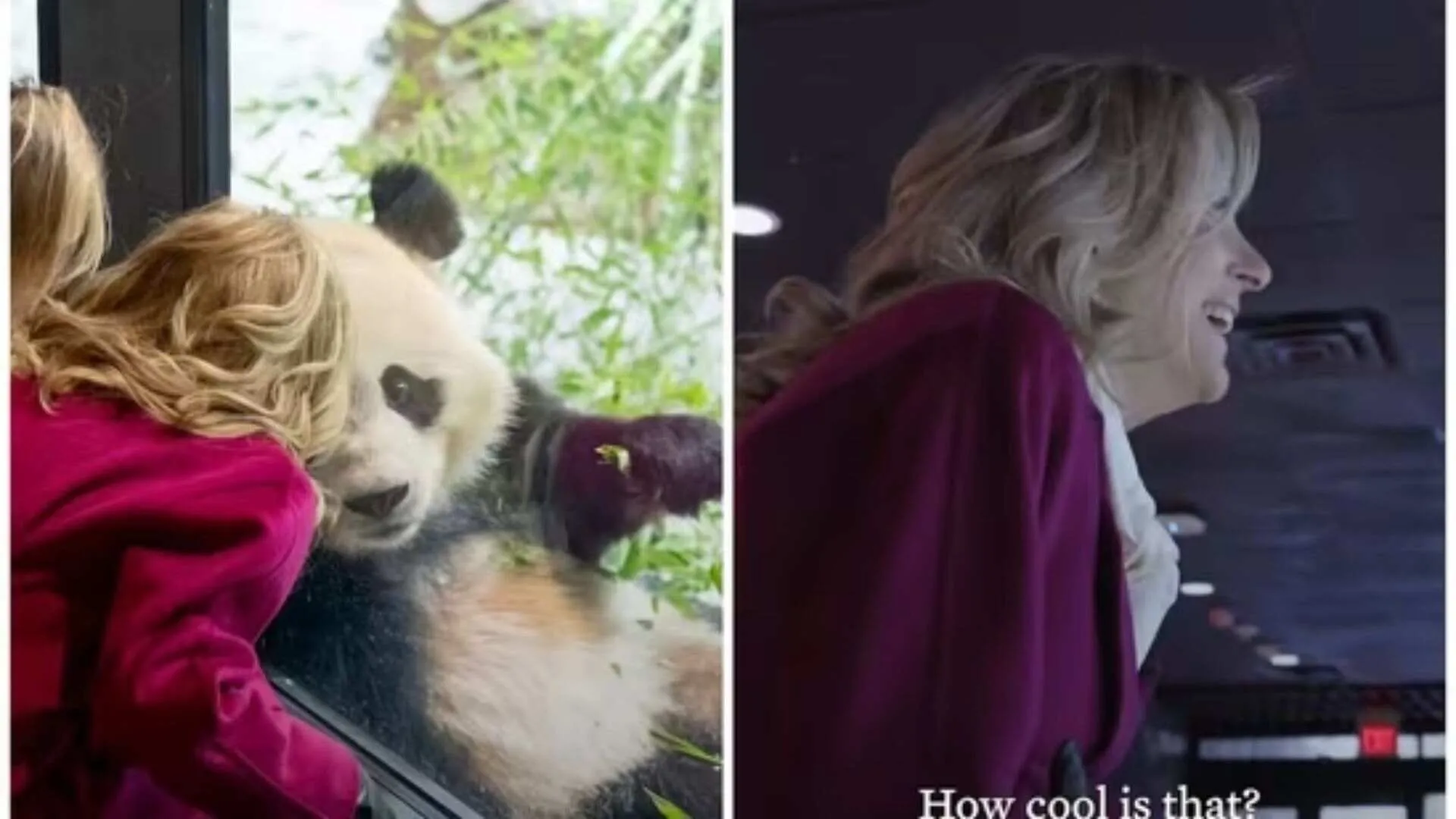A 21-year-old woman in Bareilly underwent surgery after doctors removed a two-kilogram hairball from her stomach. The woman, who had been experiencing stomach pain for the past five years, was discharged on Friday, according to *TOI*. Hailing from Kargaina, Subhashnagar, she had consulted various doctors before a CT scan revealed a hair-like mass in her stomach. Admitted to the district hospital on September 22, she underwent surgery about a week ago.
Upon further discussions with the patient, doctors learned she had been secretly consuming her hair for 16 years. Psychiatrist Dr. Ashish Kumar noted that the woman would receive counseling for several months post-operation. She was diagnosed with a hair-eating disorder that led to the hair accumulation, causing her to struggle with eating food. The CT scan indicated the presence of a trichobezoar, a condition linked to the mental disorder trichotillomania.
What is Hair-Eating Disorder?
Also known as trichotillomania, this mental health disorder involves compulsively pulling or breaking one’s hair. It is categorized as part of body-focused repetitive behaviors. Severe cases can significantly impact an individual’s happiness, well-being, and overall quality of life.
Symptoms of Hair-Eating Disorder
According to the Mayo Clinic, symptoms of hair-eating disorder include:
– Repeatedly pulling out hair, whether intentionally or automatically, typically from the scalp, eyebrows, or eyelashes.
– A growing sense of tension before pulling out hair or when trying to resist.
– A feeling of pleasure or relief after pulling out hair.
– Noticeable hair loss, such as shortened or thinning areas on the scalp or body.
– Pulling out specific types of hair.
– Biting, chewing, or eating the pulled-out hair.
– Playing with or rubbing pulled-out hair on the lips or face.
– Repeatedly attempting to stop pulling out hair without success.
– Significant distress or issues at work, school, or in social situations.
Risk Factors of Hair-Eating Disorder
Factors that may increase the risk of trichotillomania include:
– Family history: Genetics may influence the disorder’s development.
– Health conditions: Certain hair or skin conditions may cause discomfort.
– Age: Trichotillomania typically emerges before or during early adolescence and may persist for life.
– Other mental health conditions: Disorders like depression, anxiety, or OCD may coexist with trichotillomania.
– Stress: Highly stressful situations can trigger hair-pulling behavior.
– Environment: Boredom, isolation, and privacy can heighten the likelihood of hair-pulling.

